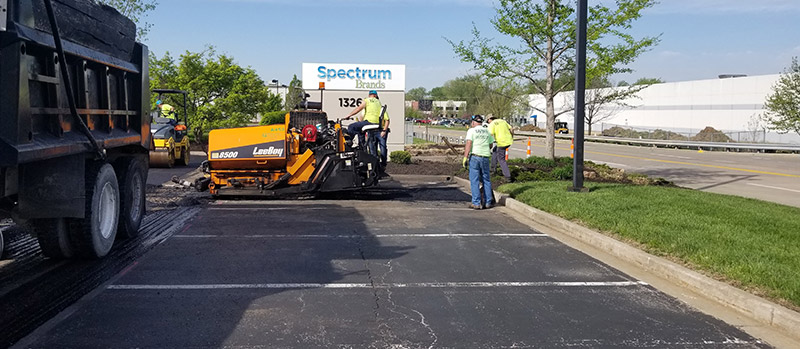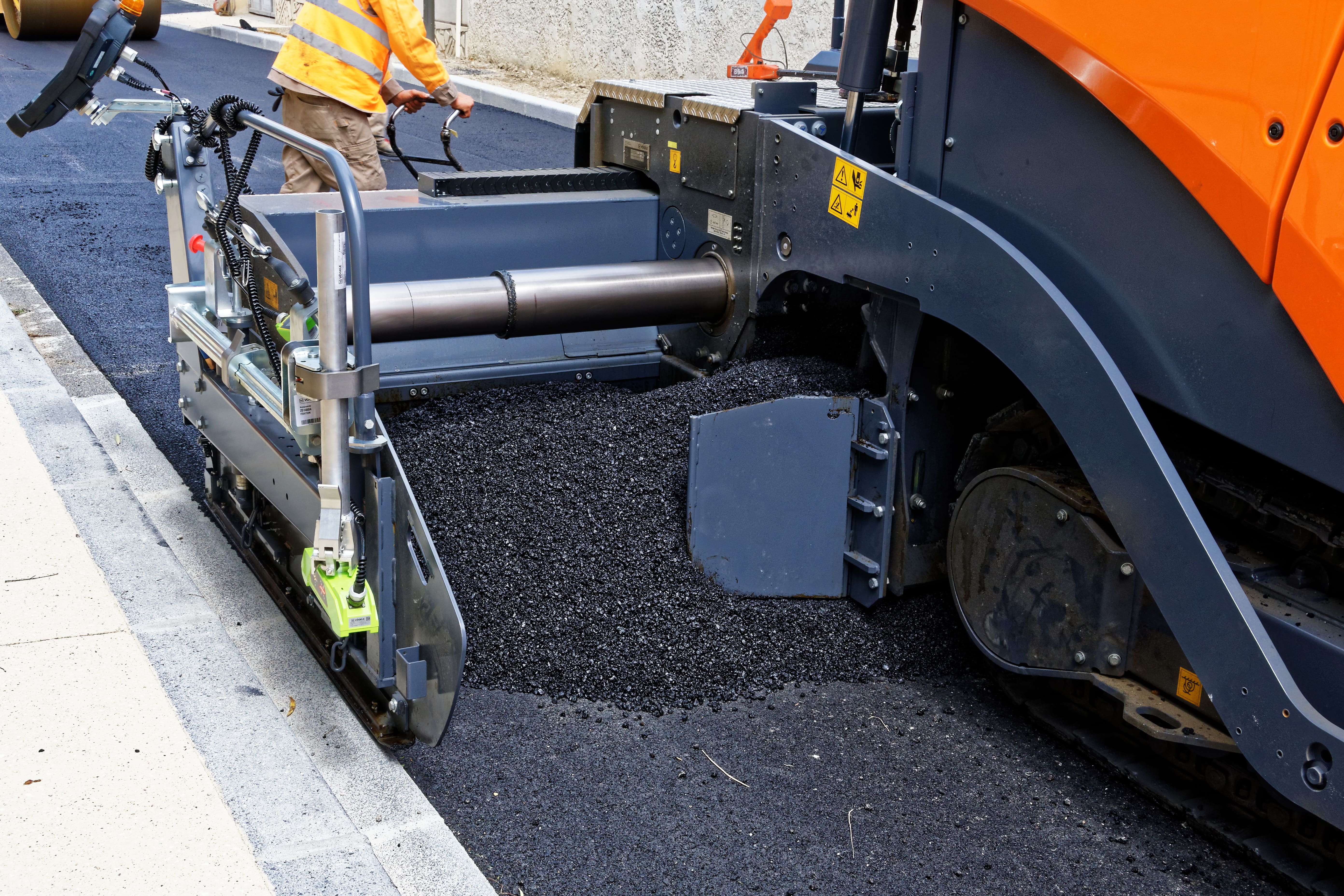Little Known Questions About A1 Professional Asphalt & Sealing Llc.
Little Known Questions About A1 Professional Asphalt & Sealing Llc.
Blog Article
The Best Strategy To Use For A1 Professional Asphalt & Sealing Llc
Table of ContentsUnknown Facts About A1 Professional Asphalt & Sealing LlcAbout A1 Professional Asphalt & Sealing LlcExcitement About A1 Professional Asphalt & Sealing LlcA1 Professional Asphalt & Sealing Llc Things To Know Before You Get ThisA1 Professional Asphalt & Sealing Llc Things To Know Before You Buy

The oil in an auto engine is not simply oil. The REOB has all the additives that were in the waste oil as well as the wear metals from the engine (mostly iron and copper).
By making several blends making use of different REOB samples and various asphalt binders, the variants mostly can be balanced out. A number of States offered examples of recognized REOB composition to TFHRC researchers, that analyzed the examples to contrast the portion of added (understood) REOB to the located (tested) amount. The evaluations revealed a similar percent of included and located REOB.
Our A1 Professional Asphalt & Sealing Llc Ideas
None of those States understood that the asphalt they were getting contained REOB. One State insisted its samples had no REOB - https://triberr.com/a1asphaltseal.
Of the 1,532 samples tested, 12 percent included REOB, and some contained appreciably high levels of it at 1020 percent. The highest degree was 34 percent in a sample from Texas, which TxDOT had made use of in a patching compound. This testing likewise disclosed the existence of phosphoric acid in 11 percent of the examples, and 2 percent included ground tire rubber.
2 years earlier at TRB's annual meeting, the Federal researchers held an REOB workshop and offered the searchings for of their research laboratory analyses to a standing room-only group. Although some companies do not particularly ban REOB, they do enforce physical examinations that avert its useeffectively a restriction. what is cold mix asphalt. Others do not outlaw it by requirements, however have contracts with asphalt distributors to avoid using REOB
A Biased View of A1 Professional Asphalt & Sealing Llc
A handful do permit REOB, some within particular limits. For instance, Ohio and Texas limitation degrees to much less than 5 percent of the asphalt. To create a dependable test approach that all States can use, the TFHRC scientists established a round-robin examination strategy. The individuals are 11 State highway companies (Illinois, Massachusetts, Minnesota, Mississippi, Montana, North Carolina, Oklahoma, South Carolina, Texas, Vermont, and Wyoming), 2 independent screening laboratories, the Ministry of Transportation in Ontario, Queen's University in Ontario, and an Ontario paving contractor.
The participants are examining the examples independently utilizing the standards given by the TFHRC scientists. The result will certainly be a recommended AASHTO examination approach that any kind of State can adopt and use.
The sidewalk with REOB, which is situated 0.6 mile (1 kilometer) from the pavement without REOB, has the same subgrade, traffic density, and environment. Nevertheless, the section of Highway655 with 5 to 10 percent REOB revealed considerable breaking. In this example, the presence of REOB was the recognized reason for splitting at a reduced temperatures.
An area of examination sidewalk in Minnesota (MN1-4) found to include REOB also cracked too soon. The sidewalk performed well for the very first 3 to 4 years, but after that started to split.
The 10-Minute Rule for A1 Professional Asphalt & Sealing Llc
The examinations were not extensive, but they showed that at degrees of 6 percent or more, the tensile strength of the asphalt dropped substantially. At a level of 3.5 percent REOB, the variant in the physical examination approaches was better than the impact of REOB. Actually, it was hard for researchers to examine whether REOB existed.

One binder parameter considered is the distinction in between the low temperature level crucial requirements temperature level for rigidity (S) in the flexing beam rheometer and the flexing beam rheometer creep incline (m-value) noted as Tcritical. 2 independent research groups, one from AASHTO and the other from the Asphalt Institute, ended that more research is required on the use of REOB in asphalt.
Previously, all asphalt testing measured design buildings such as stiffness. These examinations do not reveal what materials had been contributed to the asphalt. One example gotten during the TFHRC research study had a really unusual analysis. The example had the adhering to examination results: Superpave PG 64-28 with a heat grade of 67.3 Tcritical on the bending light beam rheometer was 6.7 degrees Celsius.

Getting My A1 Professional Asphalt & Sealing Llc To Work
These internet outcomes show there are weak points in the standard design testing protocols that might be exploited. The producer might have an economic advantage and the product passes all the standardized examinations, but the item might not be advantageous to ensuring long-term performance. To address this concern and the growth of new asphalt additives and extenders, TFHRC is starting a study program to use portable spectroscopic gadgets, x-ray fluorescence spectroscopy, and Fourier transform infrared spectroscopy to make it possible for evaluations to be performed in the field instead of having to take examples back to the laboratory.
Report this page